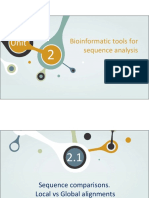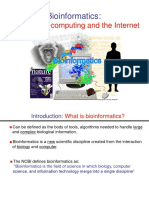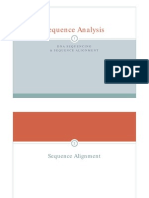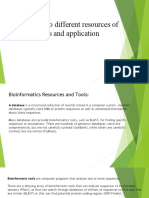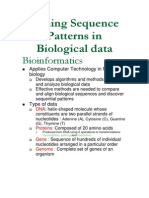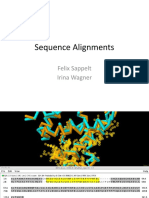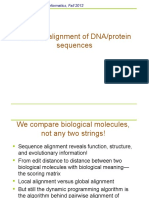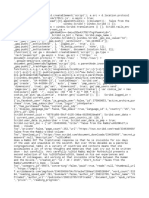0% found this document useful (0 votes)
13 views94 pagesBMB 822 - Bioinformatics and Computing - Lecture Notes
Uploaded by
NICHOLAS BARASACopyright
© © All Rights Reserved
We take content rights seriously. If you suspect this is your content, claim it here.
Available Formats
Download as PPTX, PDF, TXT or read online on Scribd
0% found this document useful (0 votes)
13 views94 pagesBMB 822 - Bioinformatics and Computing - Lecture Notes
Uploaded by
NICHOLAS BARASACopyright
© © All Rights Reserved
We take content rights seriously. If you suspect this is your content, claim it here.
Available Formats
Download as PPTX, PDF, TXT or read online on Scribd
/ 94





